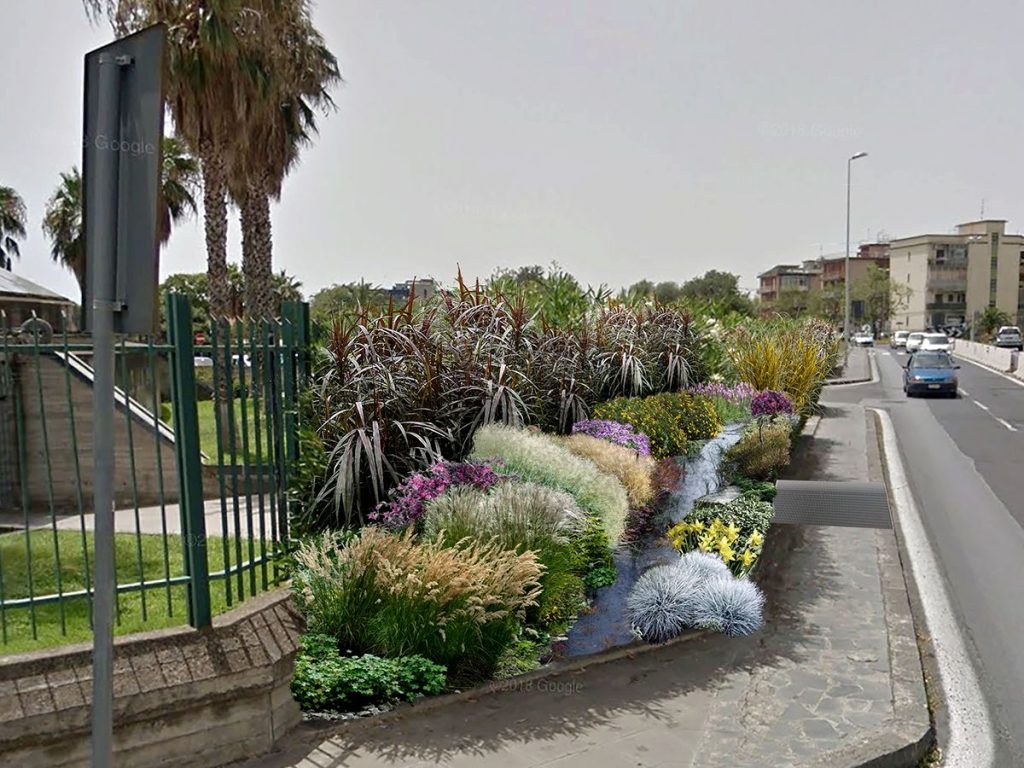The GIFLUID Project addresses the onset of flooding events arising due to the impacts of climate change and the anthropic urbanization of the coastal landscape, which are two common challenges for the territories of Sicily and Malta. These cross-border territories present similar characteristics namely a semi-arid dry climate a prevalence of high intensity rain events, the historic urbanization of the low-lying areas of coastal catchments.
In the context of the admissible action of the IT-MT program, the project aims to develop and promote practical tools which integrate the planning and design of green urban infrastructures (GUIs) in critical urban and sub-urban area of Sicily and Malta, to mitigate floods effects, to increase the infiltration of rainwater drainage improving also its quality (objective).
Results from implemented demonstration GUIs (measures) will be integrated in a GIS-based model which will enable the modelling of runoff flows (and flooding) under different scenarios of GUI application (outputs). A policy paper on the application of GUIs as well as communication and dissemination activities will contribute to the promotion of the capacity building of GUIs in order to increase awareness of policy makers, public authorities/municipalities and other interested stakeholders (beneficiaries).
A masterplan based on a GIS model and including a cost benefit assessment aimed at developing a methodology for the identification of the economically optimal application level of GUIs will be developed for two identified areas (covering 90 sq km). The masterplan will also outline a methodology (tool) which can be used by agencies as blueprints for flood mitigation in similar scenarios (approach).
The adoption of GUIs will also provide an opportunity for addressing a cultural change in the population, by increasing awareness levels of critical hydrological events and how these can be managed (innovation) by adopting environmental sustainable options.
Project duration: 30 months
End date 28.02.2023






